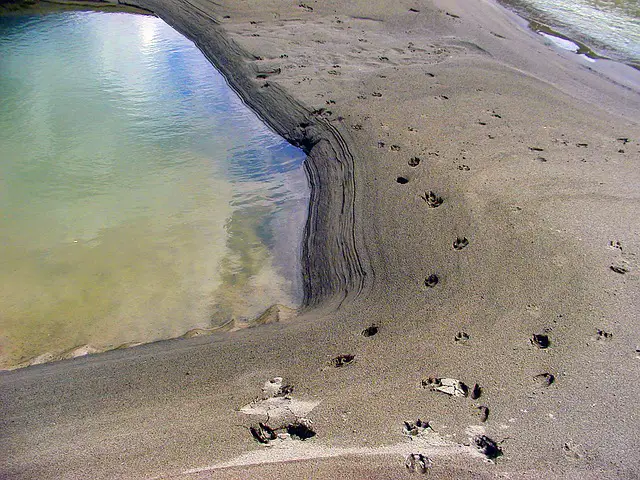A forceful agent like wind or water may be powerful but sooner or later, they lose their energy like tiring giants.
So, what happens to the loads they carry?
These loads, called sediments, get dropped on the earth.
The transport agent can be flowing water, wind, ice, or the sea.
The loads or sediments they carry can be anything from sand, mud, pebbles to even dissolved salts in the water.
Deposition refers to the process of laying sediments when the transporting agent ceases to transport or slows down.
When depositions form, they lead to a variety of features or landforms on the earth’s surface.
Here are 7 examples of deposition in daily life.
1. Deltas

Deltas form where rivers empty their water into another water body such as a lake, ocean, or sea.
Perhaps the most famous deposition is the Nile River delta. This forms when the Nile River which is the longest in the world, enters the Mediterranean Sea.
At the site of the river mouth where it joins the sea, a triangular-shaped deposit is formed.
These deposits are the sediments of silt, clay, and sand which the river has carried over thousands of miles from its origin or source.
2. Glacial Moraines
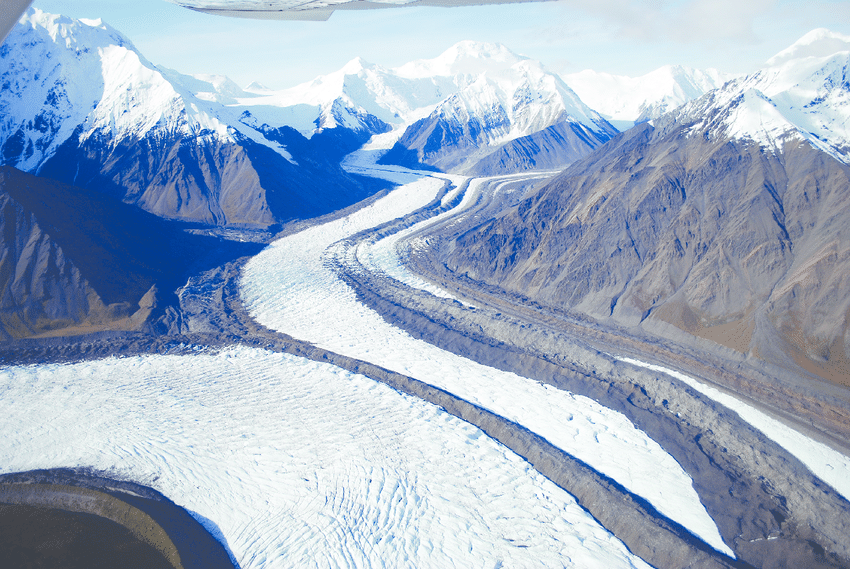
Glacial moraines come from depositions left by a glacier that moves down a slope.
The debris they carry consists of a mixture of rock and regolith.
As the glacier runs down the slope, it drives dirt and boulders along with it which accumulate into moraines.
Glaciers are large blobs of ice that move under gravity. The Valproic Moraine and the Tinley Moraine are great examples.
3. Beaches
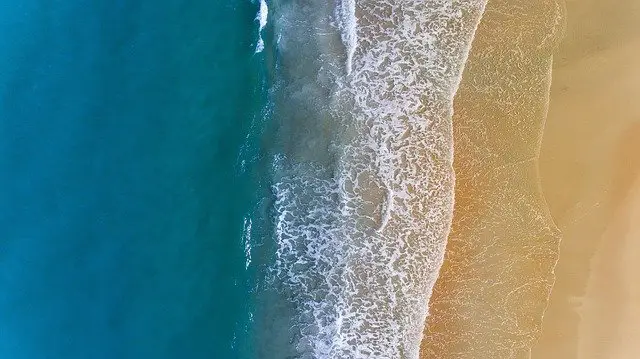
Who hasn’t craved a moment to relax or vacation on the beach?
We couldn’t have these landforms without the process of deposition.
These landforms develop on shorelines where water waves lay down sand, shell, and gravel as a result of the dying energy of the waves that wash ashore.
The eroded material usually comes from the water knocking on the shoreline for thousands of years.
You can get a taste of some of the finest beaches in the world like the Source d’Argent in Seychelles, the Shoal Bay in Antigua, or the Glass Beach in California among others.
4. Sand Dunes
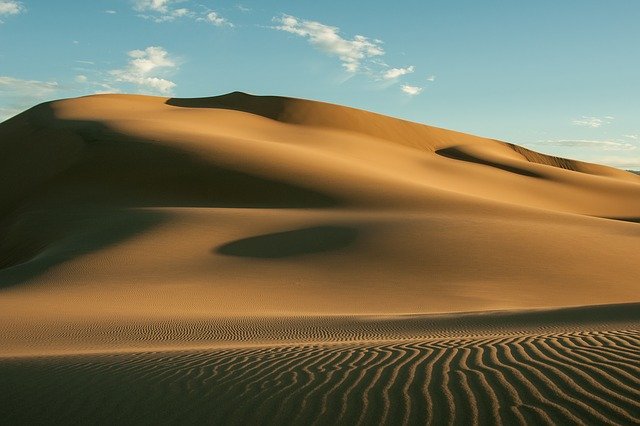
Ever laid eyes on the exotic-looking mounds of sand on deserts? These come from wind action that deposits sand from distant areas.
This usually happens when an obstacle lies in the way of the wind on the earth’s surface.
As the wind repeatedly brings loads of sand, they accumulate on the windward side of the dune.
Sand dunes can take a variety of shapes such as crescent-shaped, linear, dome-shaped, star-shaped, or parabolic-shaped.
Some of the most spectacular sand dunes can be seen in the Sahara Desert in North Africa
5. Salt Domes
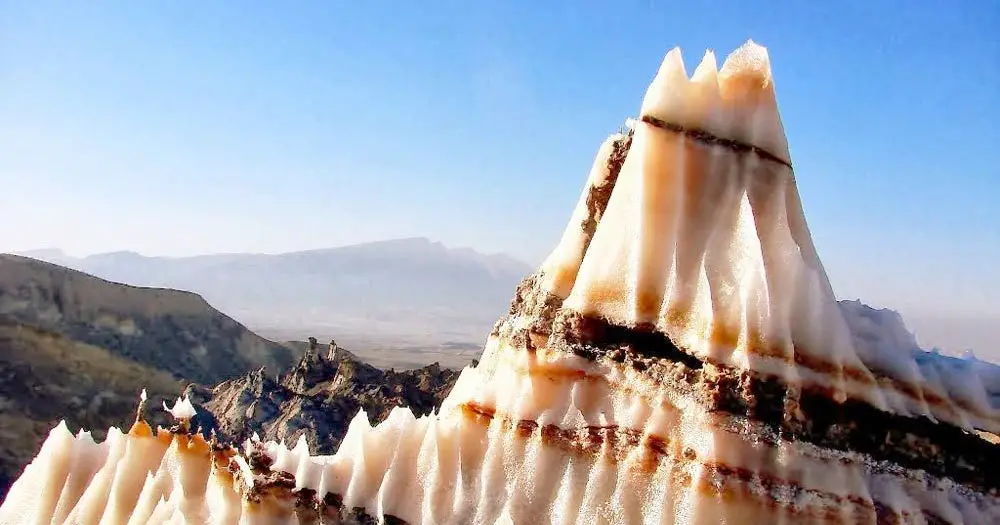
You may have heard of sand mounds but salt domes consist entirely of salt mounds.
These columns first started as salt depositions from salt or some other mineral evaporites.
These are laid in basins that have more water flowing out than in.
Evaporation occurring in these basins leads to salt precipitation and deposition.
The layer of salt gets covered by other sediment material as time goes by.
Later, these salt domes may become exposed through the overlying rock.
Salt domes are frequently located near natural gas vents or sulfur springs.
The salt domes of the Gulf of Mexico are some of the world’s largest.
6. Shoals
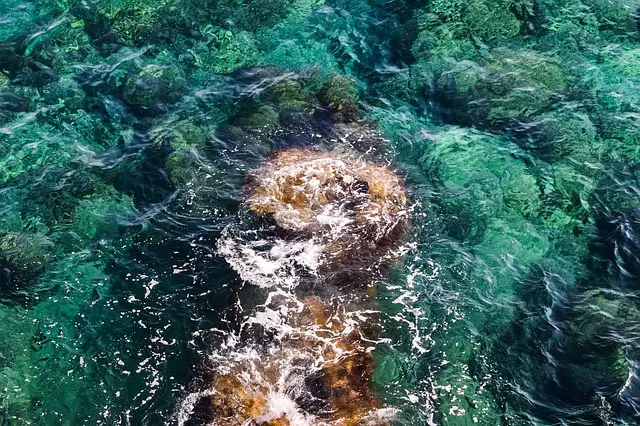
Also called sandbars, these features can be a hazard to navigation by vessels at sea.
They are usually in the form of ridges, banks, or bars that are submerged in the water.
Shoals are built up from deposits of sand that become consolidated together.
An example of a shoal can be found in isle of Scilly lying between Gugh and St Agnes.
7. Spits
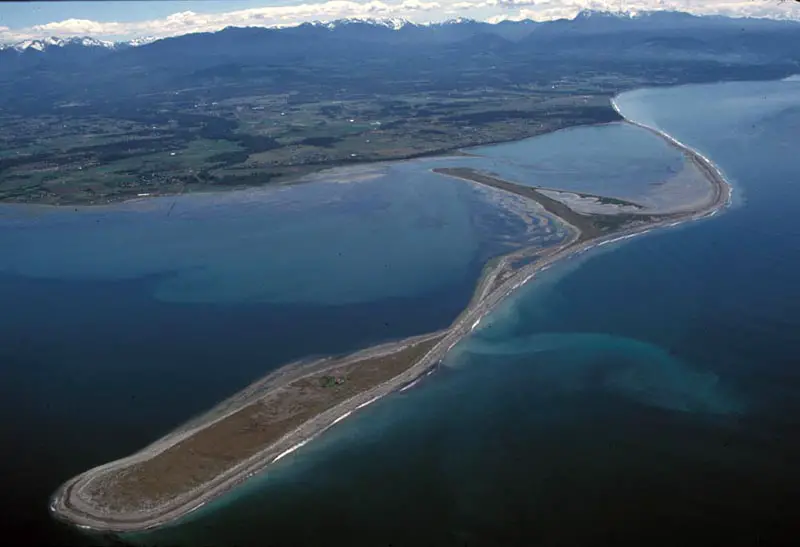
These features are extensions of beach material that jut out to sea with one end joined to the mainland.
The process first starts with a longshore drift which is sediment that is transported by a longshore current.
The longshore drift is a result of the prevailing wind which blows on the coastline at an angle.
This lays material that forms a spit that grows and forms a hook.
You can catch a glimpse of a spit from visiting the Spurn Head which is located in Humberside on the Holderness coast.
Conclusion
We are by no means alone when we make deposits of money in the bank.
The earth makes whales of similar earth-shattering deposits that are of high value.
Really gives power to the pebble.

